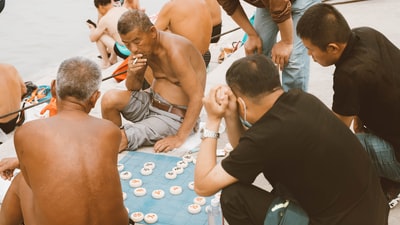Engineers and politicians debate the costs and benefits of ‘hard’ and ‘soft’ engineering in flood management.
Flooding is one of nature’s most devastating events, and trying to control it is extremely difficult and very expensive. When we talk about controlling flooding, we talk about ‘hard’ and ‘soft’ engineering. Generally speaking, hard engineering costsmoremoney and has a greater impact on the environment.

Rivers are sometimes straightened, widened or deepened in a bid to slow down the flow of water. Although there are some benefits, this is hugely expensive and often leads to more problems downstream.
Soft engineering strategies include flood warnings, preparation, flood plain zoning, and simply doing nothing. Flood warnings operate a little like tsunami warnings: when there is excessive rain, for instance, or the flow of a river changes quickly, alarms are activated so people downstream have the chance to escape.
However, when flooding is on a huge scale – like the Pakistan floods of 2010 – there simply isn’t the option of escape and even if you were lucky enough to get away, your home, workplace or crops would probably be swept away.
Sometimes floods are ‘managed’ and diversions are dug so the flood water is carried away from settlements. This can sometimes work but if the floods are exceptional there is the risk that these diversions may themselves flood, increasing the damage and cutting off ways to escape.
Another form of soft engineering is afforestation – the planting of more trees near the river to help intercept rainwater. This has fewer risks and is relatively inexpensive.
‘Doing nothing’ may not seem a very wise or practical solution but people in many parts of the world – in the Nile Delta, for instance – have lived with flooding for thousands of years, seeing it as part of the natural cycle and doing their best to live with the risk. This might seem unsatisfactory for people in the West but sadly, for people in many parts of the world, there is simply no other choice.
